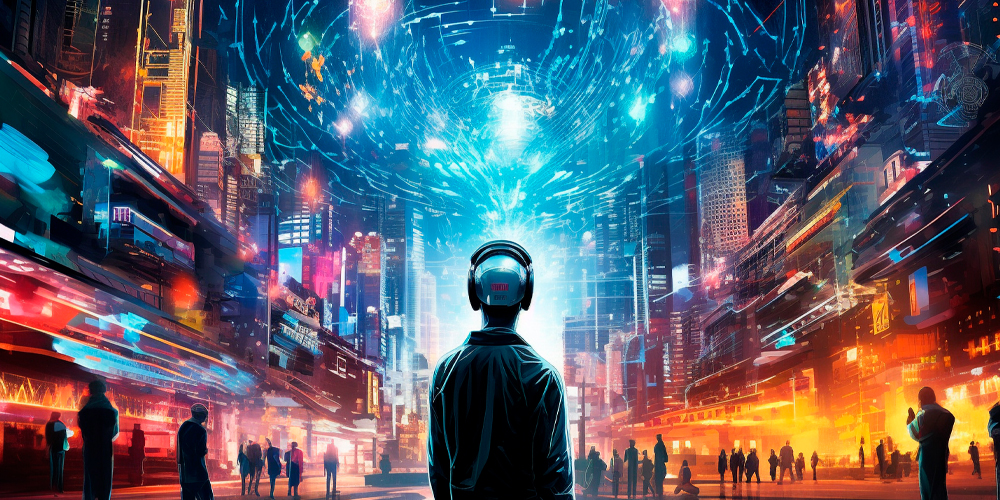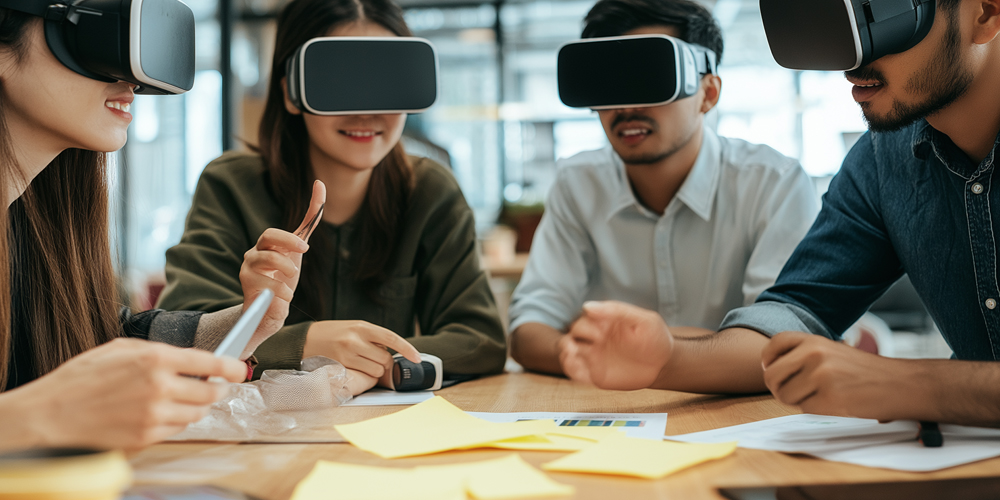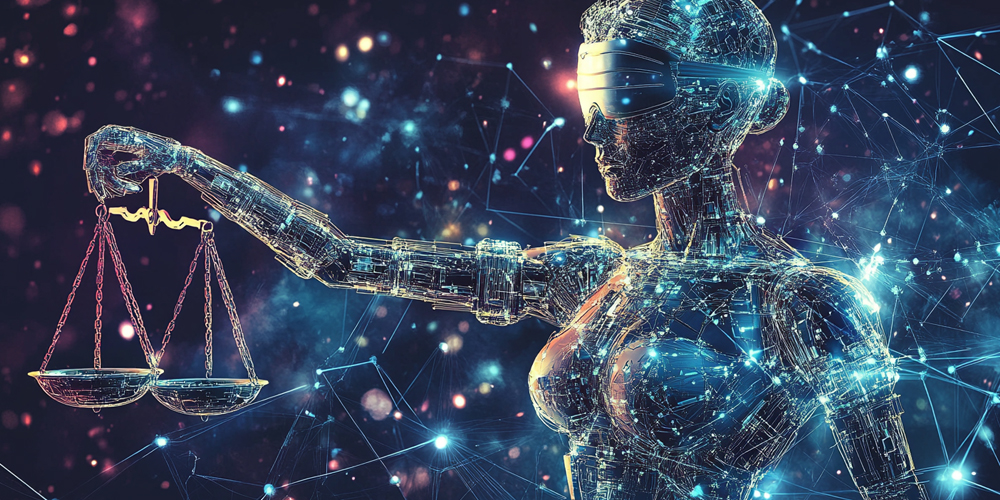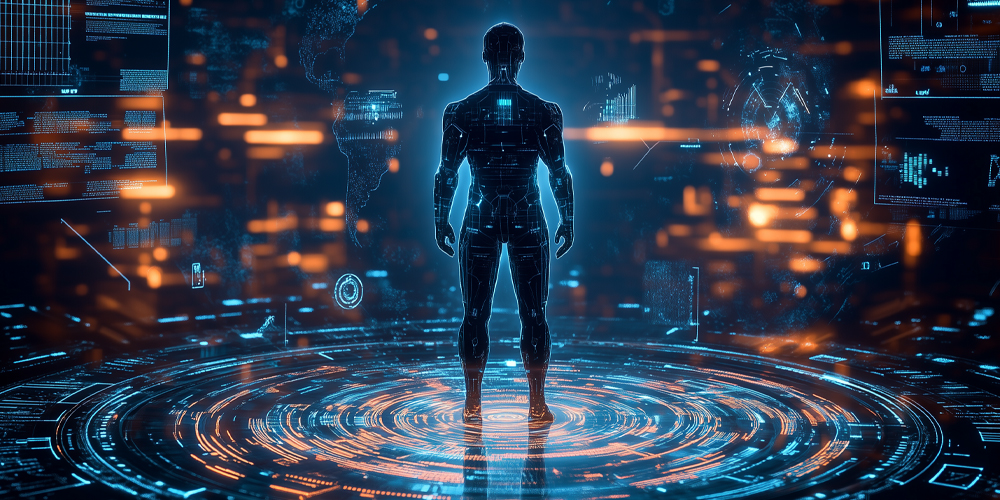The landscape of technology is rapidly changing, particularly with the rise of generative AI. This branch of artificial intelligence is designed to create content, from text to images and music. As we enter 2024, understanding the trends and impacts of generative AI is essential for businesses, educators, and creators alike. In this article, we will explore the evolution of generative AI, the current trends influencing its development, and the profound impacts it has on various industries and society.
Understanding Generative AI
What is Generative AI?
Generative AI refers to algorithms that can generate new content based on existing data. Unlike traditional AI, which often focuses on classification and prediction, generative AI creates entirely new outputs. This technology leverages deep learning techniques, including neural networks, to produce high-quality content that mimics human creativity.
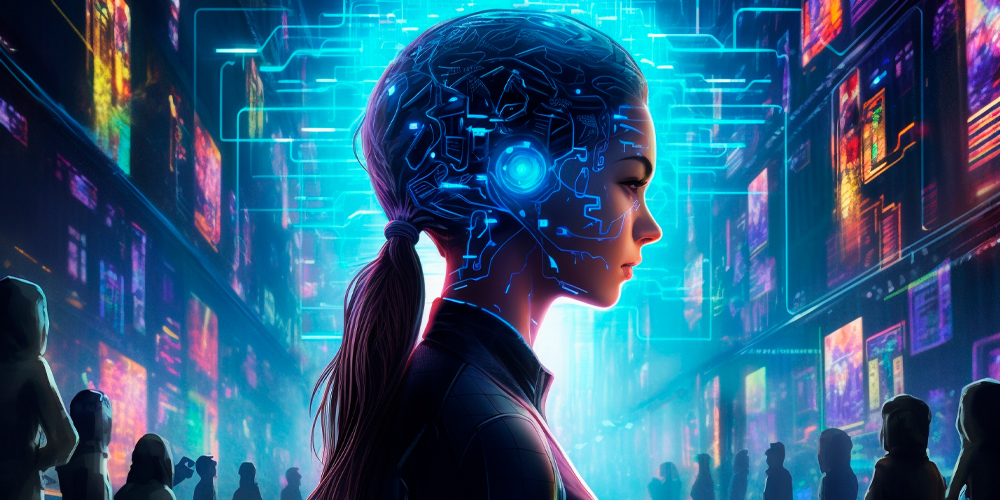
How Does It Work?
Generative AI operates through models that are trained on vast datasets. These models learn patterns and structures from the data, allowing them to generate new content that aligns with those patterns. Common techniques include:
- Generative Adversarial Networks (GANs): Two neural networks compete against each other, with one generating content and the other evaluating it. This competition improves the quality of the generated content.
- Variational Autoencoders (VAEs): These models learn to compress data into a smaller representation and then reconstruct it, allowing for the generation of new, similar data.
Key Applications of Generative AI
Generative AI has found applications in various fields, including:
- Art and Design: Artists use generative AI to create unique pieces of art. Tools like DALL-E allow users to generate images based on text prompts.
- Writing and Content Creation: Writers utilize AI tools to help generate ideas, drafts, and even complete articles. This technology streamlines the writing process, making it more efficient.
- Gaming: In the gaming industry, generative AI can create new levels, characters, and storylines, enhancing player experience through endless possibilities.
- Music Composition: Musicians are exploring AI-generated music, using algorithms to compose melodies and harmonies that inspire new creative directions.
Current Trends in Generative AI
Increased Adoption Across Industries
In recent years, many industries have started to adopt generative AI. From marketing to entertainment, the technology has proven to be versatile. Businesses use it to enhance customer engagement, create personalized content, and streamline workflows.
- Marketing: Companies utilize generative AI for content creation, generating advertisements, and crafting personalized emails. This efficiency helps in reaching audiences more effectively.
- Entertainment: The film and gaming industries use generative AI for scriptwriting, character design, and even composing music. This technology enables creators to experiment with new ideas quickly.
Improved Accessibility of AI Tools
The availability of user-friendly tools has made generative AI accessible to non-experts. Platforms like OpenAI’s GPT-3 and DALL-E allow anyone to create sophisticated content with minimal effort. This democratization of technology fosters creativity across diverse fields.
- Creative Professionals: Writers, artists, and designers can leverage these tools to enhance their work. By automating repetitive tasks, they can focus on more strategic creative processes.
- Small Businesses: Entrepreneurs can utilize generative AI tools to produce marketing materials without significant investment in resources. This accessibility levels the playing field for smaller players.
Focus on Ethical AI Practices
As generative AI gains traction, ethical considerations become increasingly important. Concerns about misinformation, bias, and copyright infringement have led to discussions about responsible AI development. Key trends include:
- Transparency: Organizations are expected to be transparent about how they use generative AI. Clear guidelines help consumers understand the technology’s implications.
- Bias Mitigation: Developers are prioritizing bias reduction in AI models. Ensuring diverse datasets and implementing fairness checks are essential steps in responsible development.
Collaboration Between Humans and AI
One of the most exciting trends is the collaboration between humans and generative AI. Rather than replacing human creativity, AI acts as a partner, enhancing the creative process.
- Co-Creation: Artists and writers are increasingly collaborating with AI tools to produce unique content. This partnership expands the creative possibilities beyond what either could achieve alone.
- Feedback Loops: By providing real-time feedback, AI tools enable creators to refine their work. This iterative process leads to higher quality outputs.
Impacts of Generative AI
Transforming Creative Processes
One of the most significant impacts of generative AI is its transformation of creative processes. By automating routine tasks, it allows creators to focus on high-level concepts and innovative ideas.
- Collaboration: Generative AI facilitates collaboration between humans and machines. Creators can use AI-generated suggestions as inspiration, leading to unique outcomes.
- Rapid Prototyping: In design fields, generative AI accelerates the prototyping process. Designers can quickly generate variations of a product, expediting the decision-making process.
Enhancing Personalization
Generative AI enables a new level of personalization in products and services. By analyzing user data, it can generate tailored content that meets individual preferences.
- Customer Experience: Businesses can create personalized marketing campaigns and recommendations. This level of customization enhances customer satisfaction and engagement.
- Learning Experiences: In education, generative AI can create personalized learning materials. This customization caters to individual learning styles, improving outcomes for students.
Expanding Creative Horizons
The capabilities of generative AI expand the horizons of creativity. Artists, musicians, and writers can explore new forms of expression and experimentation.
- New Genres and Styles: Generative AI can help create new music genres or artistic styles, pushing the boundaries of traditional forms.
- Creative Experimentation: Artists can use AI-generated content as a starting point for their projects. This experimentation leads to unexpected and innovative results.
Challenges and Concerns
Despite its potential, generative AI also presents challenges. Understanding these concerns is crucial for responsible implementation.
- Misinformation: The ability to generate realistic content raises concerns about misinformation. Organizations must establish guidelines to prevent misuse.
- Job Displacement: As generative AI automates certain tasks, concerns about job displacement arise. Workers in creative fields may face challenges as AI tools become more capable.
- Copyright Issues: The ability of generative AI to create content similar to existing works raises questions about copyright infringement. Clear policies are needed to address these issues.
-
Transforming Creativity: How Generative AI is Changing Industries!
Future Implications for Employment
As generative AI continues to evolve, its implications for employment will become more pronounced. While some jobs may be displaced, new opportunities will also arise.
- Emerging Job Roles: New job roles focused on managing and developing AI technologies will emerge. These positions will require a blend of technical and creative skills.
- Upskilling and Reskilling: Workers will need to adapt to the changing landscape. Companies must invest in upskilling programs to prepare employees for new roles.
The Future of Generative AI
Continued Innovation
The future of generative AI holds exciting possibilities. Ongoing research and development will lead to improved models and applications. We can expect:
- Greater Quality: Advances in algorithms will enhance the quality of generated content, making it increasingly indistinguishable from human-created work.
- Broader Applications: Industries beyond marketing and entertainment will adopt generative AI. Healthcare, finance, and other fields will find innovative uses for this technology.
Ethical Frameworks
To navigate the challenges of generative AI, ethical frameworks will be essential. Organizations will need to develop clear guidelines for responsible use. Key areas of focus include:
- Accountability: Ensuring accountability in AI-generated content will be critical. Organizations must take responsibility for the outcomes of their AI systems.
- Public Awareness: Educating the public about generative AI and its implications will help foster understanding and responsible use.
- Regulatory Measures: Governments and regulatory bodies will need to establish guidelines to address the ethical concerns associated with generative AI.
Conclusion
The rise of generative AI marks a significant shift in technology and creativity. As we look toward the future, understanding the trends and impacts of this technology is vital. From transforming creative processes to enhancing personalization, generative AI offers immense potential.
However, it also presents challenges that must be addressed. By prioritizing ethical practices and transparency, organizations can harness the benefits of generative AI while minimizing risks. The journey ahead promises innovation, collaboration, and exciting possibilities for all. As we embrace this new era, the importance of responsible AI development cannot be overstated.
In conclusion, generative AI is not just a technological advancement; it represents a fundamental shift in how we create, communicate, and connect. Embracing its potential while navigating the ethical landscape will be crucial as we move forward into a future shaped by this remarkable technology.

